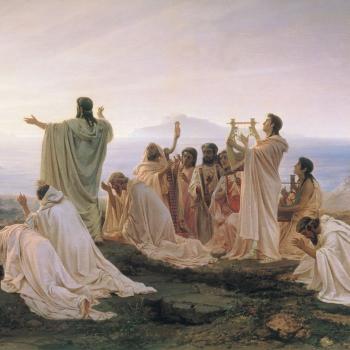
(I have been unable to find copyright information regarding this image of a work by a prominent contemporary LDS artist whom I admire, so, if anybody who holds copyright on it wishes to contact me, that would actually put my mind at ease.)
A few folks seem to be powerfully disinclined to follow the argument set forth in my prior posts “The Parthenon of the South Pacific?,” “The Latter-day Saints and ‘Stalinist Art’ Revisited (Part One?),” and “The Latter-day Saints and “Stalinist Art” Revisited (Part Two).”
So — still motivated, of course, by my characteristic ungovernable rage — I’ll try to spell part of that argument out a bit more clearly, in hopes that, even though it be plainly against their wills to do so, they’ll perhaps be able to grasp what I’m saying.
My contention (on this particular point) is that the exterior form of the Hamilton New Zealand Temple — which, for reasons best known to them, they wish to insist on pronouncing architecturally “Stalinist” — represents a stylized echo of such earlier temples as Kirtland and Nauvoo (which, in a much grander revisiting, echoed Kirtland) and St. George (which obviously echoes Nauvoo). And all of these stand (albeit with some undeniable modifications) squarely in the tradition of the familiar church architecture of their era. Here are a few examples of that architectural tradition, mostly from Ohio, with some from Vermont, that could be muliplied indefinitely (but to no real purpose, my point having already been made):

(Photo by Redjar at English language Wikipedia)
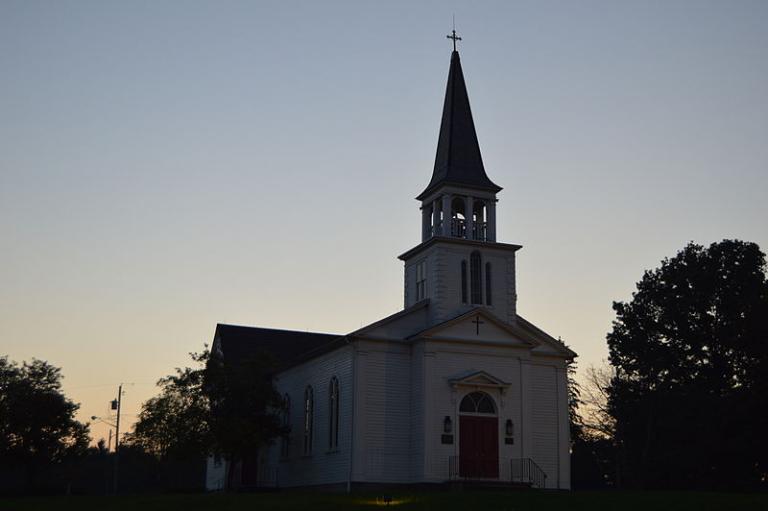
(Wikimedia Commons public domain image)
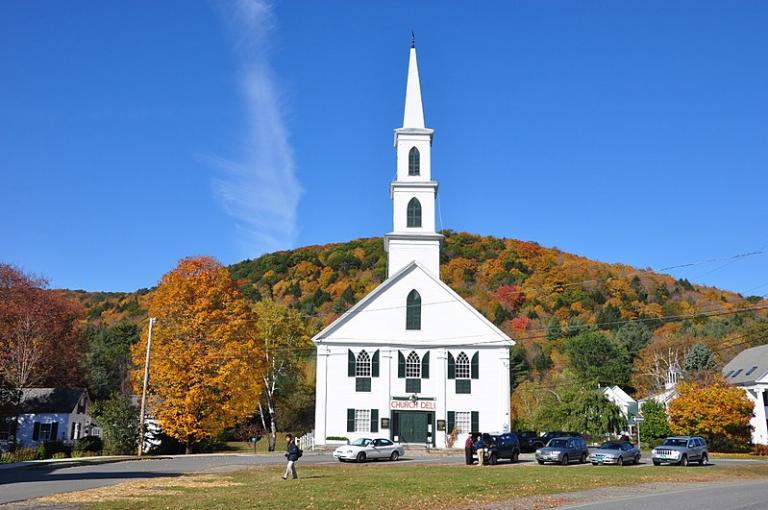
(Wikimedia Commons public domain)

(Wikimedia Commons public domain photograph)
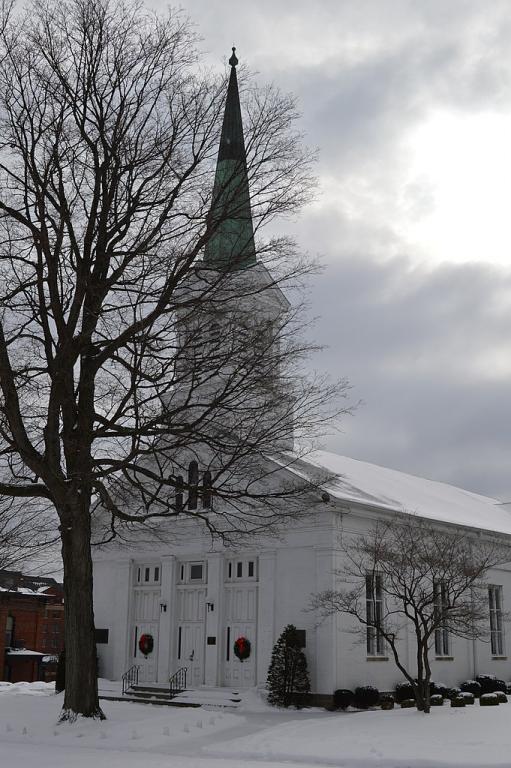
(Wikimedia CC public domain photo)
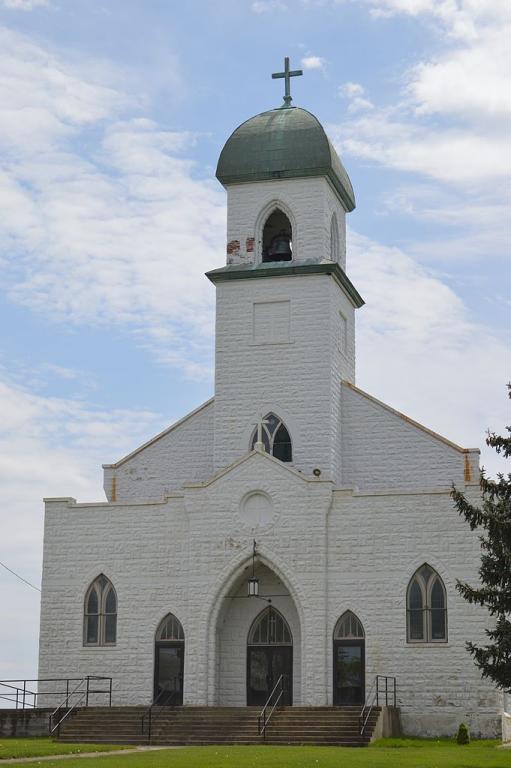
(Wikimedia CC public domain image)

(Wikimedia CC public domain photo)
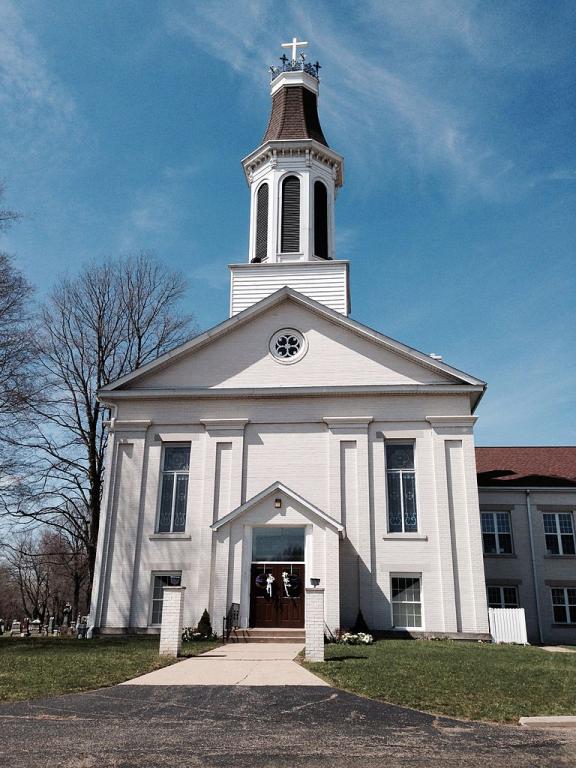
(Wikimedia Commons public domain)
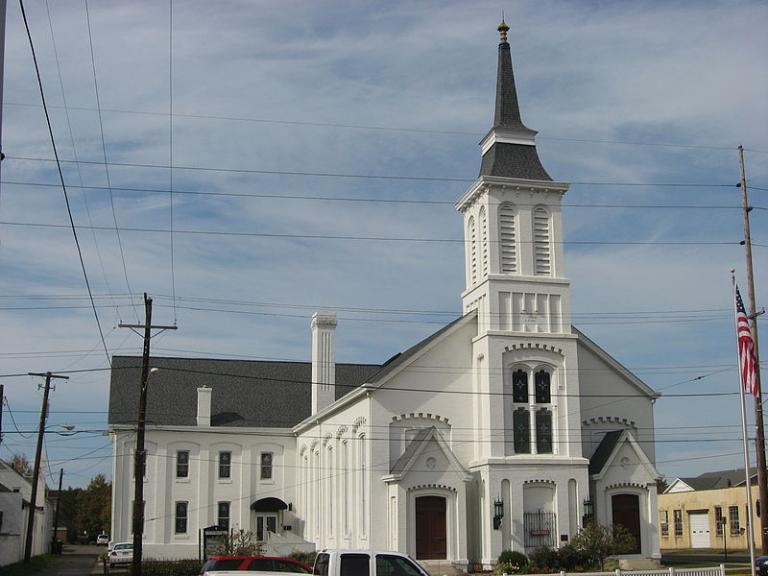
(Wikimedia Commons public domain)
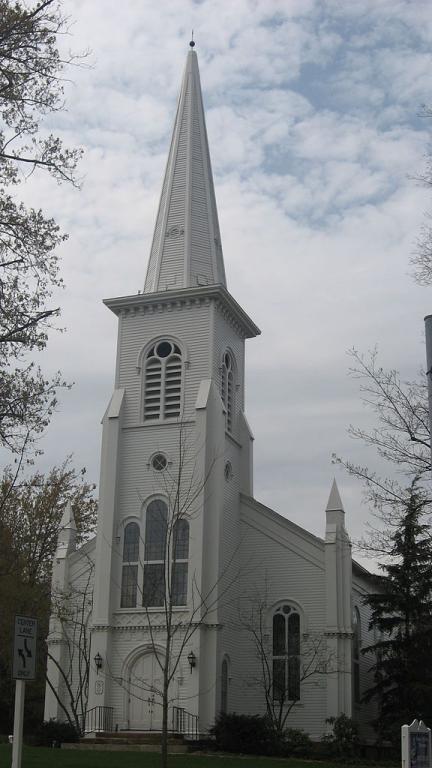
(Wikimedia CC public domain)
There’s absolutely nothing “Stalinesque” about these Ohio and Vermont churches, and there is no need to invoke “Stalinism” in order to account for the temple architecture of the Church of Jesus Christ of Latter-day Saints that grew out of this American religious-architectural tradition. A longish nave with a tall spire mounted at the front of the structure? That’s as American as can be.
Of course, the design of any given temple will obviously be affected by the culture and environment of the architect who designs it, interacting with the culture, environment, and wishes of those who commission it. Here, for example, is a clear illustration of that point, involving a very different architectural tradition:
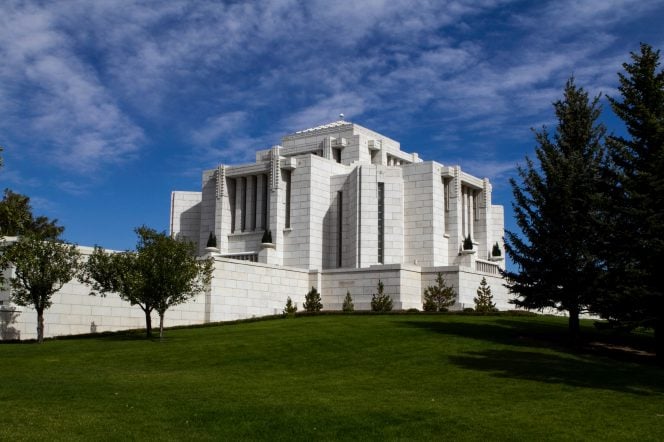
I’m a very enthusiastic fan of the architecture of Frank Lloyd Wright. So it’s not coincidental that the 1923 Cardston Albert Temple is one of my favorite Latter-day Saint temples, since it’s an exceptional example of influence from the Prairie School of architecture that is associated first and foremost with his name. Compare the Cardston Alberta Temple to the specimens below (which, again, could be multiplied with such further examples as Dwight H. Perkins’s famous Carl Schurz High School, in Chicago’s Irving Park, and Wright’s own Robie House, in Hyde Park on Chicago’s South Side):
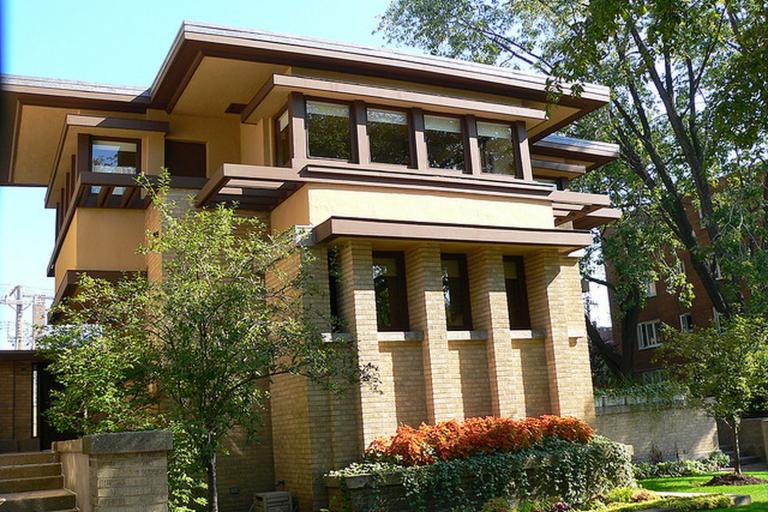
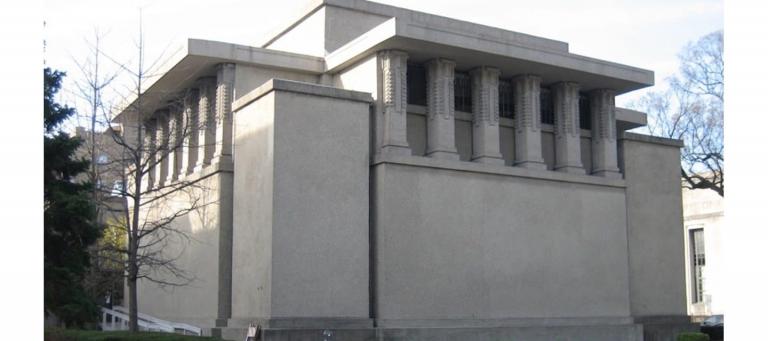
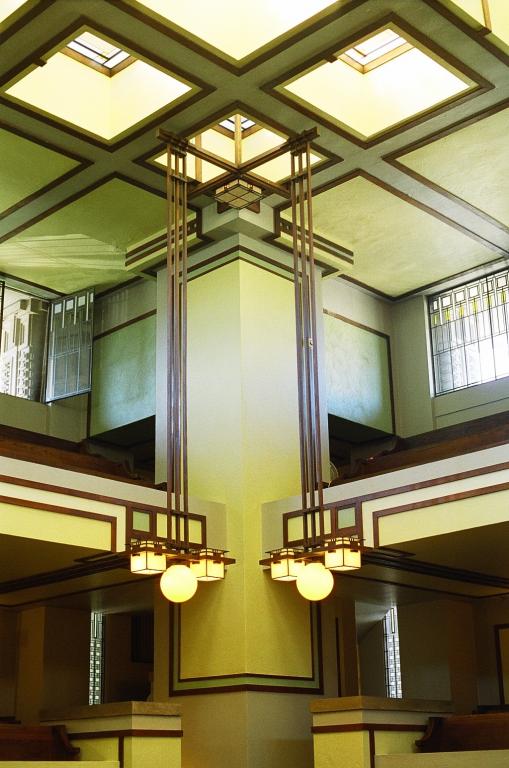
(Wikimedia CC public domain image)
In the case of the Cardston Alberta Temple, Frank Lloyd Wright and the Prairie School of architecture are an obvious influence. Stalinism, though? Again . . . umm, not so much.
Posted from Seaside, Oregon






